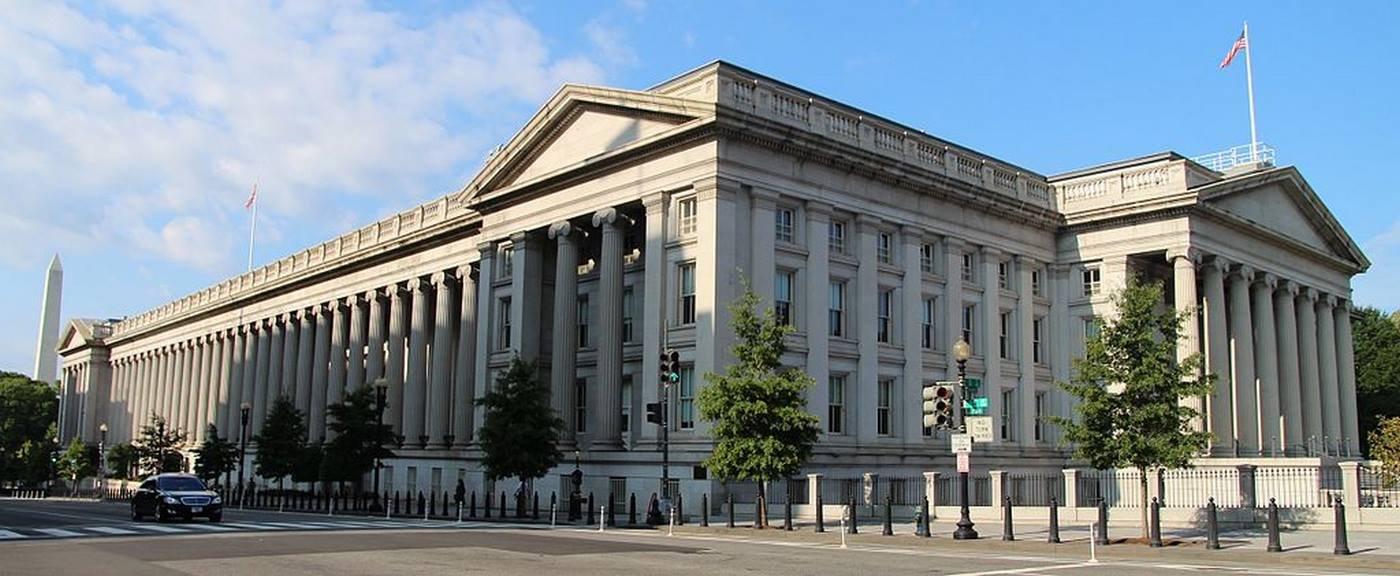Despite year-over-year revenue from import duties growing 252% compared to July of last year, government inlays were dwarfed by increases in government deficit spending over the same period.
Coming in at $290 billion, a 19% increase y-o-y, the fiscal deficit for 2025 registered $1.6 trillion by the end of July, a growth of $109 billion compared to the same period in 2024, even despite the increase in tariff revenue. It puts the federal government on track for a $2 trillion deficit for the first time since the inaugural year of the COVID pandemic.
Tariff revenue meanwhile increased by $18 billion to $29 billion in July, a number that increased again to $30.4 billion in August, as many of the most regressive tariff policies came into effect by the first weekend of the month. However, fewer and fewer nations and sectors are left that haven’t been subject to the tariffs, and of those that do remain, few possess any imports that would grow the tariff revenues further.
Treasury Secretary Scott Bessent has previously said that tariffs would generate $500 billion a year. Total tariff revenue for 2025 has reached $183 billion, according to the latest “Customs and Certain Excise Taxes” data released Thursday by the Treasury Department.
Substantial increases could be feasible since Trump only applied the tariffs in April, but even staunch supporters of the policy have to admit that US companies pay the tariffs, and in most cases can’t avoid charging the consumers for a part, if not all, of the increase. Higher prices blunt demand, and so tariffs cannot be expected to remain stable, but will instead fluctuate on consumer sentiment. Firms can seek more favorable markets, or look to sell where demand is higher, while consumers will likely change down to cheaper goods to avoid the cost increases.
By this time next year, tariff revenues may be higher, though there’s several reasons why they may actually be lower. The Trump Administration has removed the exception known in Latin as “de minimus,” which allowed small business ordering parcels worth between $80 and $200 to import them duty-free. De minimus has little to no effect on large firms, and was a protection for lower-middle class consumers and small businesses; now removed.
During his last speech as Federal Reserve Chairman at the gathering of the Fed governors at Jackson Hole, Jerome Powell admitted the central bank might be changing its policy in the months ahead in regards to interest rates. It’s possible the announcement is a reflection of the impact of tariffs on the US economy’s ability to continue to grow. Higher PPI prints, falling demand, and somewhat high interest rates present strong headwinds, and there’s little reason to believe this environment will change soon.
Government outlays have continued to grow substantially, and this year the federal spending on interest on the $37.5 trillion national debt reached $1 trillion annually for the first time in history.
Failure of the Trump Administration to rein in government spending mixed with uncertainty about the tariffs and the preponderance of debt among Western countries has led to sustained growth in safe haven assets like gold and bitcoin. Before the markets opened on Monday, bitcoin sat at $111,813 and gold at $3,656 per ounce, a pinch off its all time record high from Friday. WaL
We Humbly Ask For Your Support—Follow the link here to see all the ways, monetary and non-monetary.



